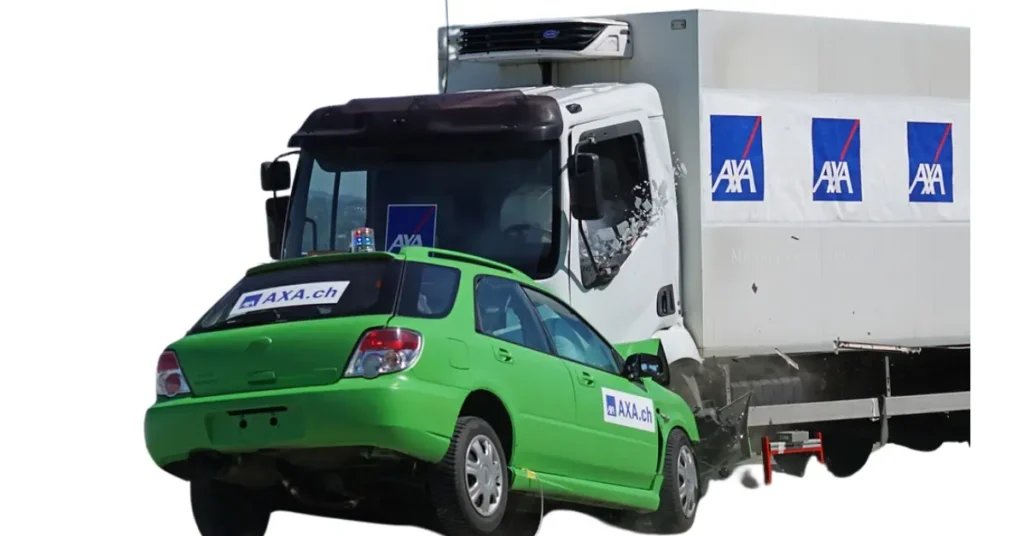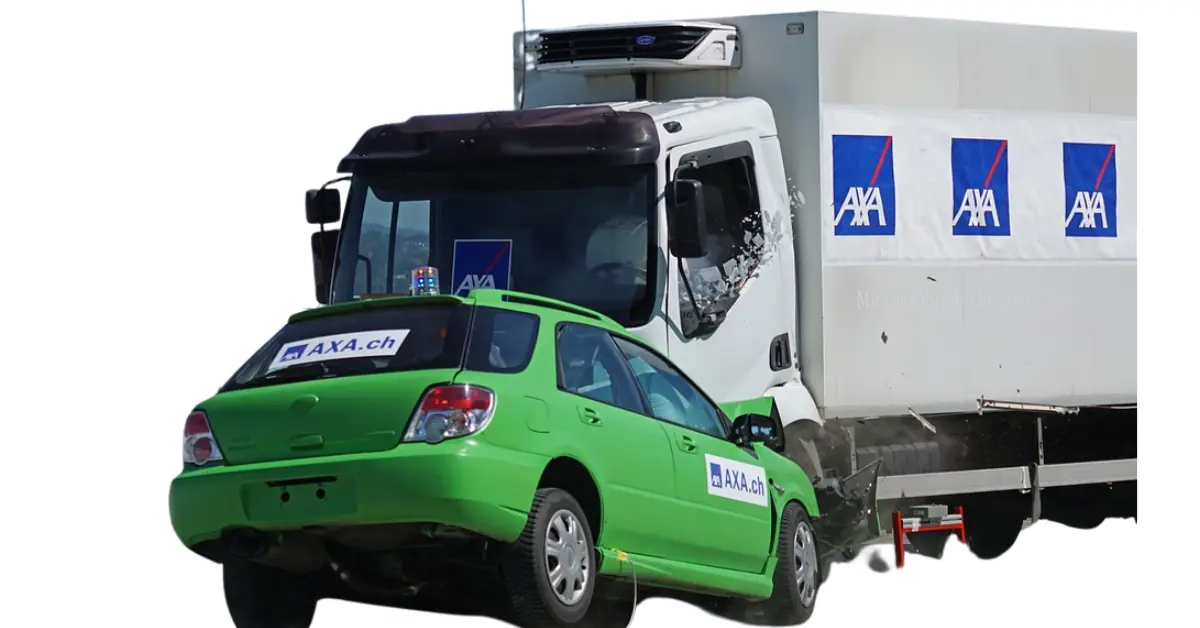
Managing a fleet of vehicles requires more than just overseeing day-to-day operations. You must also ensure that your business and assets are well protected from unforeseen risks. One of the most important ways to do this is by securing commercial auto insurance for your fleet. In this article, we’ll break down what commercial fleet insurance entails, its importance, the types of coverage available, and tips for choosing the right policy.
Understanding Commercial Auto Insurance for Fleets
Commercial auto insurance for fleets is a specialized policy designed for businesses that own and operate multiple vehicles. Instead of insuring each vehicle individually, fleet insurance consolidates all vehicles into a single policy, making it more efficient and cost-effective to manage. This coverage can apply to a wide range of vehicles, including cars, vans, trucks, and other commercial-use vehicles.
This type of insurance is ideal for companies that rely on transportation for daily operations, whether it’s delivering goods, providing services, or transporting employees. By having fleet insurance, businesses protect themselves from financial losses resulting from accidents, property damage, theft, or third-party liability claims.
Why is Fleet Insurance Necessary?
Fleet insurance is not just a nice-to-have; it’s an essential part of risk management for businesses that rely on multiple vehicles. Here’s why it’s crucial:
1. Legal Requirements
Just like personal auto insurance, commercial fleet insurance is required by law in most regions. Businesses must have at least the minimum level of liability coverage to operate vehicles legally. Failing to comply with this requirement can result in heavy fines or legal consequences.
2. Financial Protection
Accidents happen, and when they do, the costs can quickly add up. From vehicle repairs to medical expenses and potential legal fees, an accident involving one of your fleet vehicles can be financially devastating without adequate insurance. Fleet insurance protects your business from these unforeseen costs.
Types of Fleet Insurance Coverage
Fleet insurance is designed to cover multiple vehicles operated by a business, providing essential protection against various risks. Understanding the different types of coverage available can help you choose the right policy for your needs. Here are the main types of fleet insurance coverage
1.Physical Damage Coverage
- Protects your fleet vehicles from physical damage, including:
- Specific perils: Coverage for named events like fire, explosion, or flood.
- Comprehensive and collision: Combined protection for all potential physical damage incidents.
2. Non-Owned Vehicle Coverage
- Provides protection if employees drive vehicles not owned by the company for business purposes. It covers the business for liabilities if the vehicle is involved in an accident while used for company tasks.
3. Hired Auto Coverage
- Offers protection for vehicles rented, leased, or borrowed for business use, ensuring your company is covered for any damages or liabilities while using hired vehicles.
4. Fleet Breakdown Assistance (Roadside Assistance)
- Provides coverage for emergency services such as towing, flat tire changes, jump-starts, or fuel delivery if fleet vehicles break down on the road.
Factors That Influence Fleet Insurance Costs
Several factors determine the cost of commercial auto insurance for fleets. Understanding these variables can help you make informed decisions and potentially reduce your premiums.
1. Number of Vehicles
The size of your fleet directly impacts your insurance costs. Larger fleets generally result in higher premiums due to the increased risk associated with operating more vehicles. However, many insurers offer discounts for insuring multiple vehicles under a single policy.
2. Type of Vehicles
The types of vehicles in your fleet—whether they’re compact cars, large trucks, or specialized commercial vehicles—will influence your rates. Larger and more expensive vehicles generally cost more to insure.
3. Usage and Mileage
How often and for what purposes your fleet vehicles are used can affect insurance costs. Vehicles used for long-distance transportation or in high-risk industries may incur higher premiums due to the increased likelihood of accidents or damage.
4. Driver History
The driving records of your employees are a critical factor in determining fleet insurance premiums. Hiring drivers with clean records can lead to lower premiums, as they represent a lower risk to insurers.
Tips for Choosing the Right Fleet Insurance
Selecting the right fleet insurance for your business requires careful consideration. Here are some tips to guide your decision:
1. Assess Your Coverage Needs
Consider the size of your fleet, the type of vehicles you operate, and the specific risks associated with your industry. Tailoring your policy to meet these needs ensures that your business is fully protected without paying for unnecessary coverage.
2. Compare Insurance Providers
Not all insurance providers offer the same coverage options or pricing. Take the time to compare quotes from multiple providers, and be sure to ask about any discounts or customizable options they may offer for fleet insurance.
3. Prioritize Safety and Maintenance
Investing in regular vehicle maintenance and enforcing safe driving practices can help reduce the likelihood of accidents, which in turn may lower your insurance premiums. Some insurers even offer discounts for businesses that implement telematics systems to monitor driver behavior and vehicle performance.
4. Review and Update Your Policy Regularly
As your fleet grows or your business evolves, your insurance needs may change. It’s important to review your policy regularly to ensure that it continues to provide adequate coverage. Adjustments may be necessary to reflect new vehicles, expanded operations, or changes in industry regulations.
How to Lower Your Fleet Insurance Premiums
Fleet insurance can be a significant expense, but there are ways to reduce your premiums without sacrificing coverage.
1. Implement a Driver Training Program
Training your employees to drive safely and responsibly can significantly reduce the risk of accidents, leading to lower premiums. Many insurance companies offer discounts to businesses that invest in driver safety programs.
2. Increase Your Deductible
Choosing a higher deductible means you’ll pay more out of pocket in the event of a claim, but it can lead to lower monthly premiums. This is a good option for businesses that have the financial means to handle higher upfront costs in exchange for long-term savings.
3. Use Fleet Management Software
Fleet management software can help monitor vehicle performance and driver behavior. By analyzing this data, you can make informed decisions that reduce wear and tear on vehicles, improve fuel efficiency, and lower the risk of accidents—all of which can contribute to lower insurance costs.
4. Bundle Insurance Policies
If your business requires other types of insurance, such as general liability or workers’ compensation, consider bundling these policies with your fleet insurance. Many insurers offer discounts for businesses that purchase multiple types of coverage through the same provider.
Conclusion
Commercial auto insurance for fleets is a vital tool for businesses that depend on multiple vehicles. It not only protects your assets and employees but also ensures that your business remains compliant with legal requirements. By understanding the various coverage options available, assessing your specific needs, and taking steps to reduce premiums, you can find the right fleet insurance policy to protect your business and keep your operations running smoothly.

